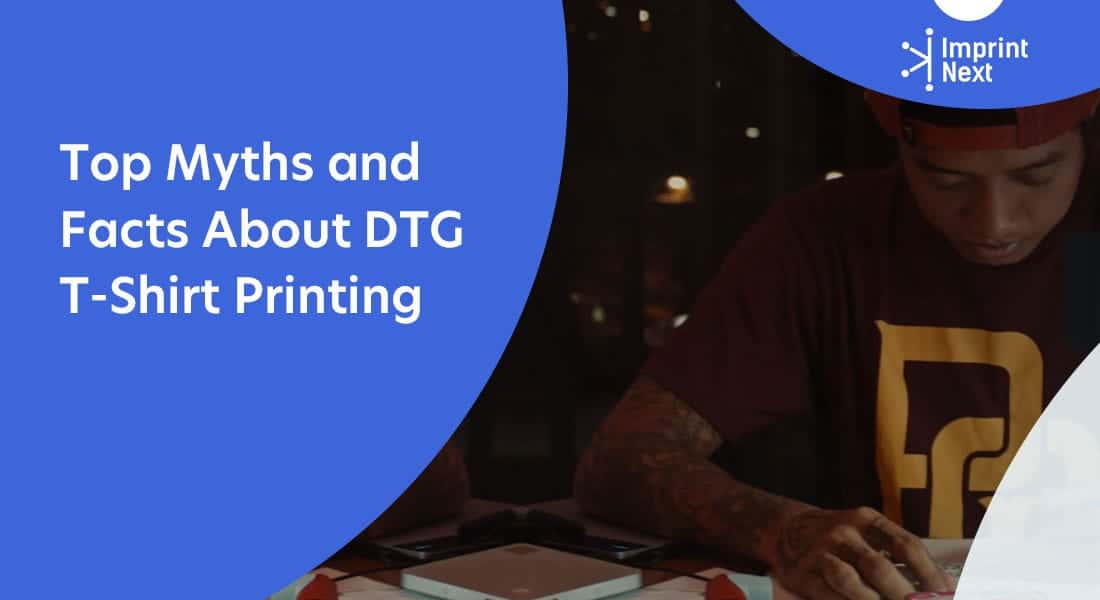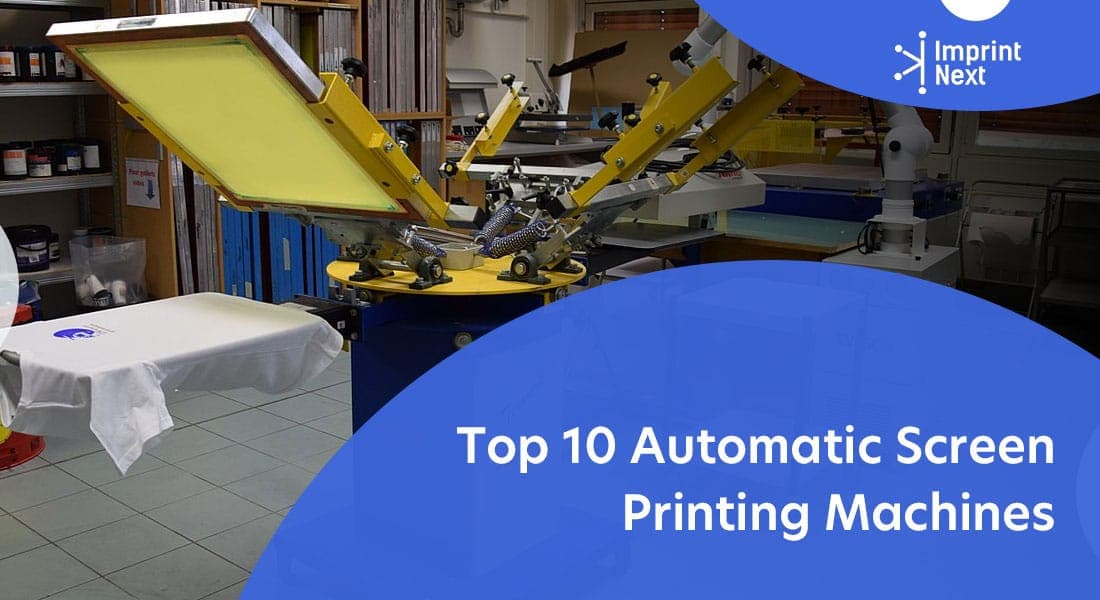
Last Updated on: 21st March 2021, 9:14 pm
Within a short span of time, DTG printing has become a popular and profitable option for t-shirt printers. Although it has opened many doors, it is surrounded by myths which makes it a skeptical option for new t-shirt printers.
Just explore below the Top Myths and Facts About DTG T-Shirt Printing.
1. Clogging of White Ink:
Clogging is more of a product of improper maintenance than natural. However, it is true that there was a time when, if you printed shirts, you could literally separate the white ink the next day. But, it is history for a newer version of white ink available today. That said, you still need to agitate the ink daily before beginning production. Most clogging issues are attributed to improper machine maintenance.
DTG printer maintenance is fairly simple but needs care to avoid clogging. However, all DTG printer is made up of solvent ink paper printer components. Putting textile ink through the solvent ink delivery system creates clogging issues. The environment also impacts clogging issues, therefore, all DTG printers demand at least 40% humidity around the clock.
2. DTG printed shirts don’t wash as good as the screen-printed shirts:
If you don’t cure a DTG-printed shirt well, it won’t wash as well as it should. Hence, all DTG printed t-shirts should be cured properly. However, with repeated washings, the garment will begin to deteriorate as well as the ink. 50 washings are the industry standard before it starts to fade away. While printing on white or light garments with CMYK inks with no underbase, using a pretreatment solution will result in better washability than a DTG printed garment.
3. DTG is slow for large-scale production:
Compared to screen printing it can be a little sluggish but you have to consider the fact that with DTG you can run shorter runs and can even make money by printing just one shirt. But to increase production speed and quantity it is standard for t-shirt printing businesses to have multiple DTG printers.
4. DTG print on polyester is not possible:
Although DTG printing is best suited for 100% cotton and blends with high cotton content, it can be printed on polyester fabric. White polyester garments are pretreated and printed with a CMYK image; the results look like a sublimation print. For color garments, it’s a bit of a challenge. Dye migration is a common phenomenon when polyester fabric dye is released into the ink. For example, if you print white ink on a red shirt it will result in a pink image. It can be resolved by using low-cure-temperature inks. With DTG, some dark-polyester products print better than others. Printing a dark-polyester garment requires applying a light coat of polyester pretreatment, and drying.
5. DTG inks are too expensive to turn to profit:
But, on the other hand, DTG printed t-shirts expensive too. Your money-making potential has more to do with you than what your customer is willing to pay. For example, keep the prices the same for one color prints as well as a full-color photographic print. You may say screen printing inks are less expensive than DTG inks, but considering the investment in screens, chemicals, film, and time, the cost is pretty comparable.
Large online decorators, all of which use DTG technology, have basically set the prices for others to follow. You can put a higher price over DTG-printed garments - $20 which is now an industry standard. Ink costs may vary among DTG ink systems, but on average, for a light garment the cost is 50 cents and for a dark garment, the price is $2, which is pretty decent to make you good money.
Related Questions
How Much Does DTG Printers Cost? A pro-DTG printer could cost up to $500,000 and the least cost being $10,000. However, the best printer would cost nearly $70,000 or more.
















